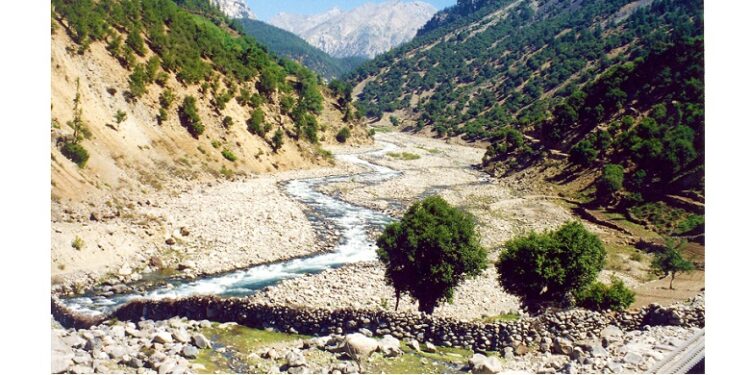
Tangir is divided into three ‘Roms’ (an area-wise distribution of natural resources). Lorekh is the first Rom, followed by Jaglot-Sheikh-Rim as the second and Gabbar as the third. These Roms are further subdivided into villages, each headed by a ‘Justero’.
Zulfiqar Ali Kalhoro
I recall my first visit to the Tangir valley in the Diamer district in 2000. Before Tangir, I had visited Chilas, Gobarabad and Darel in the Diamer district. I never thought that Tangir would be such a dazzling and verdant valley. Moreover, I knew very little about its culture, history and heritage until my first visit to Tangir introduced me to many interesting facts about the valley. During my visit, I met many oral historians of the valley. Amongst the oral historians, I was impressed by the knowledge and enthusiasm of Master Saeed-ur-Rahman of Faruri village. He was the headmaster of primary school Faruri. His interest in the history and heritage of Tangir and Darel valleys was unequaled. I met him several times. It was through his sincere and tireless efforts that I developed my interest in the culture and heritage of Darel and Tangir valleys. With his help, I collected ethnographic data on Tangir, focusing on political, economic and social structures of the villages. I visited all the main villages of Tangir from Lorakh, the first village, to Koranga, the last settlement of the valley, to get information about the customs, castes and its various lineages and sub-lineages. Apart from information on ethnographic data, I also gathered information about historic sites of the valleys. I could visit a few historic sites with Master Saeed-ur-Rahman. After he died in 2006, I continued to document the history and heritage of the valley with the help of my other host Hazrat Zahid Khan of Darqali Bala.
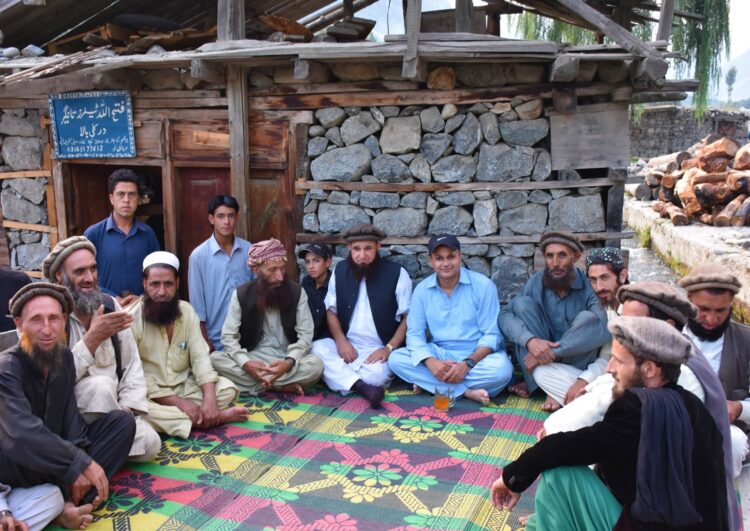
Master Saeed-ur-Rahman was passionate to preserve the heritage of his valley. For this purpose, I even travelled with him to the most remote Nullahs (side-valleys) of Tangir to see the remains of ancient structures and collect information about myths, legends, fables, traditional political organization, social organization etc. Once, he took me to Gachhar Nullah which is noted for a beautiful lake. And so it was that I first visited the Gachhar Lake with him and wrote three articles on it. Later in 2009 and 2019, I had conversations with Sher Zaman of Darqali Bala on pastures, nullahs, traditional customs associated with herding etc. Sher Zaman died in May 2021. Like Master Saeed-ur-Rahman, he was also an authority on the culture, history and heritage. I had long discussions with Hazrat Jan of Mushske who died in 2008 and Salim Khan of Sobo Kot.
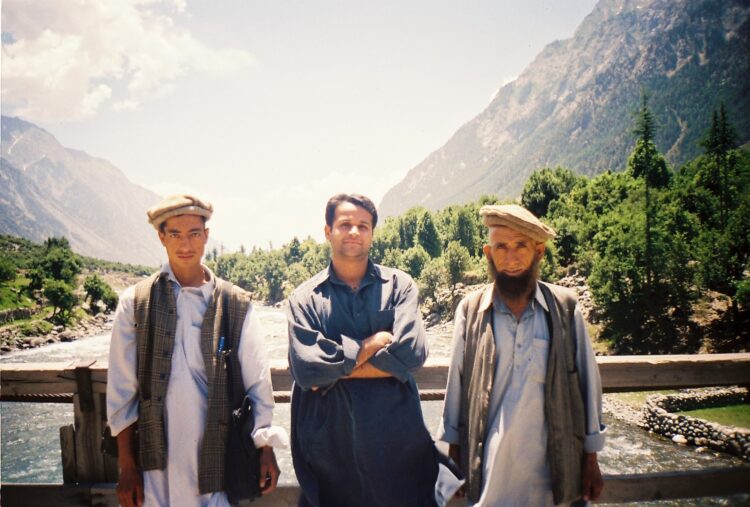
Tangir is divided into three ‘Roms’ (an area-wise distribution of natural resources). Lorekh is the first Rom, followed by Jaglot-Sheikh-Rim as the second and Gabbar as the third. These Roms are further subdivided into villages, each headed by a ‘Justero’. The majority of the population in Tangir is composed of six qaums (tribes) – Shins, Yeskhuns, Doms, Kamins, Gujjars and Pathans. The former tribesmen speak Shina language while the latter Domaki and Pashto respectively.
Apart from these castes, a considerable population of Kohistanis namely Ban Khari, Kon Shari, Syeds and Gujjars can be found living in different villages of Tangir valley. Gujjars and Syeds mostly inhabit the villages of Koranga Bala, and Pain, Phapat, Khamikot and Darkali Pain, whereas various lineages of Kohistani and Swati Pathans notably Akhundkhel, Sahibzade, Kon Shari and Madakhel live in the villages of Gali Pain, Baskomal, Jagi Gali, Gali Bala and Jaglot respectively. All the Kohistanis, Syeds and Pathans are immigrants from different valleys of Kohistan, Kabalgram from Yagi at Kala Daka and Swat. A few families from Sazin valley in upper Kohistan district in Khyber-Pakhtunkhwa also live in Tangir valley.
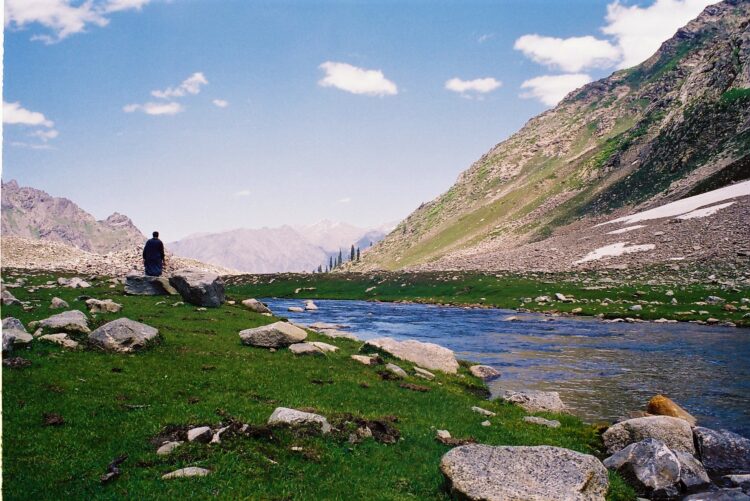
Traditional institutions hold sway on the everyday life of Tangiris. Every village has its own council. The members are men of influence who represent their lineage while the council is called ‘Jirga’ with a Justero as its head to look after the village administrative matters. The actual task of the Jirga is to settle disputes which are related to natural resources, murders, and many other issues. To ensure that justice is administered to the grieved party or group, they constitute a Kalaq or committee. The Kalaq also supervises many things under the tutelage of Jirga in the valley. The ‘Jirga’ system is deeply embedded in the society and culture of the Tangir valley. Members of a Jirga constitute a committee to supervise any activity. The Kalaq ensures that given work is being done properly.
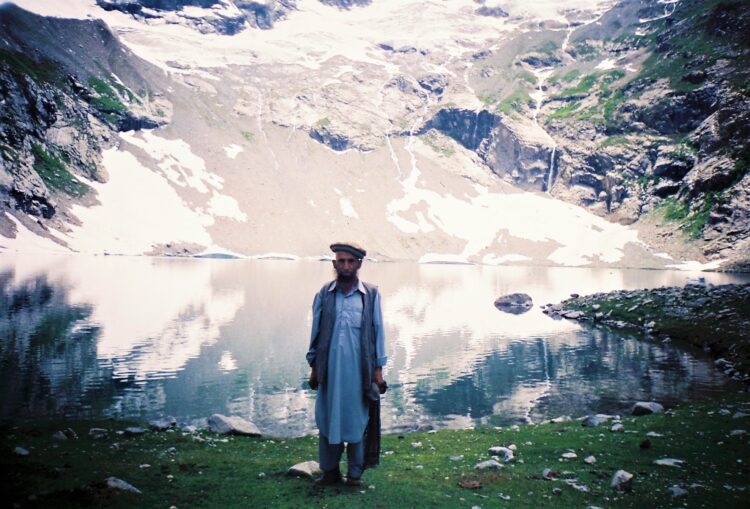
After the Jirga, the most important traditional institution in Tangir is the ‘zaitu’ (warden) who also works under the auspices of the Jirga. A zaitu has control over the management of the village resources. He is also responsible for controlling the harvesting of crops, premature plucking of fruits, free grazing, fuelwood, forest cutting, and alpine forest management etc. Both Zaitu and ‘Wai Koulo/Segalo’ (water steward) manage and maintain village-level resources and work under the authority of the Jirga. Like the Zaitu, the Wai Koulo is also a man of repute in the village who is responsible for water management and maintenance of channels.
The Kalaq also takes cares of historic mosques. A Kalaq under tutelage of the Jirga also carries out renovations of the historic mosques in respective villages. News mosques are also built under their instructions and supervision. It was this kind of institution that also renovated the historic mosque of Khamikot two decades ago.
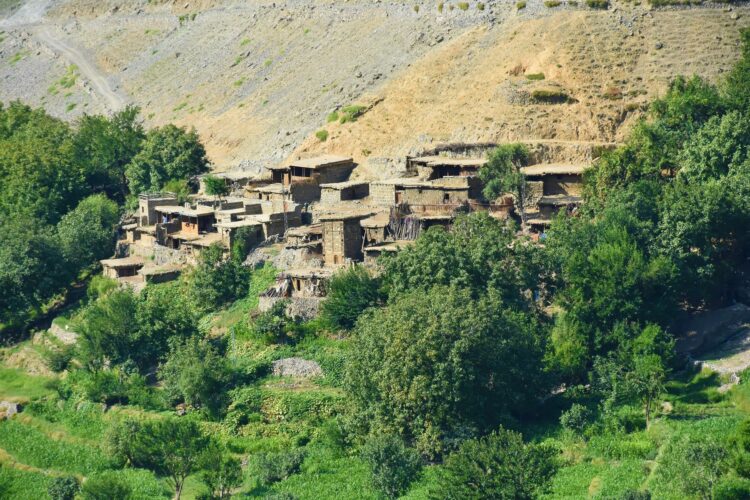
Each village has its own pastures and forests that are communally owned. Some of the groups only have the right to use and other ownership rights. Three castes, namely, Shin, Yeshkun and Kamin have ownership rights over the forests in the valley while Pathans, Gujjars, Doms, Syeds and Kohistanis have use rights. However, in the Jaglot area Pathans, Syeds and Doms have also ownership rights.
Tangiris have an indigenous system of resource sharing. The royalty of the communally owned natural resources is distributed according to the customary law that governs their everyday behaviour. It is first distributed into Haiti (village) or dalo (group) and then redistributed among a group of 20 people locally known as ‘Kothi’. Women are given half of the total share traditionally called ‘Shik’. In Darel, this indigenous system of resource distribution is different in both parts of lower and upper Darel.
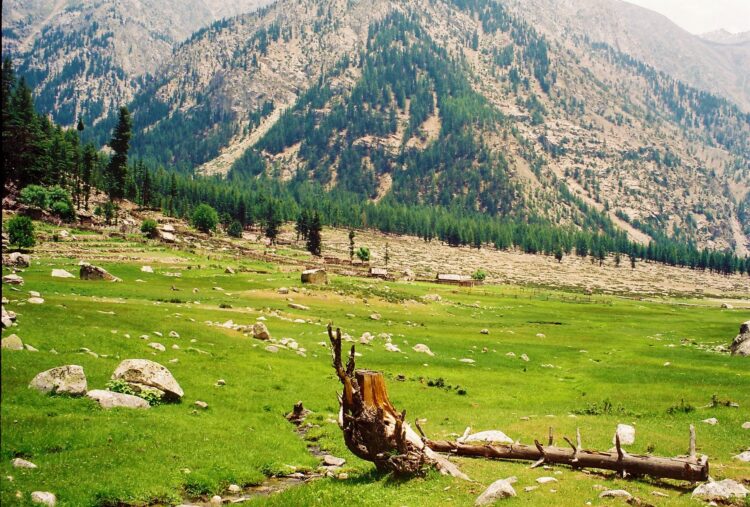
Tangiris subsist on both agriculture and livestock for their livelihood. They depend only on wheat as a major crop. At the same time, livestock raising constitutes an important segment of their economy. They give much time to raising livestock. Moreover, they celebrate some rituals and customs associated with livestock. They perform these rituals on two occasions: first, when the herdsmen take their livestock to pastures and, second, when they return from pastures safely. On these occasions, the women cook delicious food which is distributed in the whole village, praying for the herders’ safety. The safe return of shepherds with their herds is celebrated, which is called ‘Gape Khushle’. Apart from pastures located near the villages, the shepherds also take their livestock for grazing in nullahs where the pastures are located. In the following nullahs the shepherds of respective villages of Tangir valley take their livestock: 1) Bulnogh 2) Gachhar 3), Burel 4), Gufer 5), Jodas 6) Maheechar 7), Chogmoon 8) Goregah 9) Baro Das 10) Chhaltoo 11) Pai 13), Chhasi (13), Sarogah (14 Gulgah (15 Kiregah 16) Bathret 17) Khachelogah, 18) Kotogah 19) Mouder 20) Shal 21) Iskorgah 22) Darogah etc.
The Satil meadow, which is located at the head of the valley, is a communal pasture of the people living in the Gabbar Rom.
_________________
Zulfiqar Ali Kalhoro is an anthropologist and author of 12 books including ‘Symbols in Stone: The Rock Art of Sindh’, ‘Perspectives on the art and architecture of Sindh’, ‘Memorial Stones: Tharparkar’ and ‘Archaeology, Religion and Art in Sindh’. He may be contacted at: zulfi04@hotmail.com
Courtesy: The Friday Times Lahore